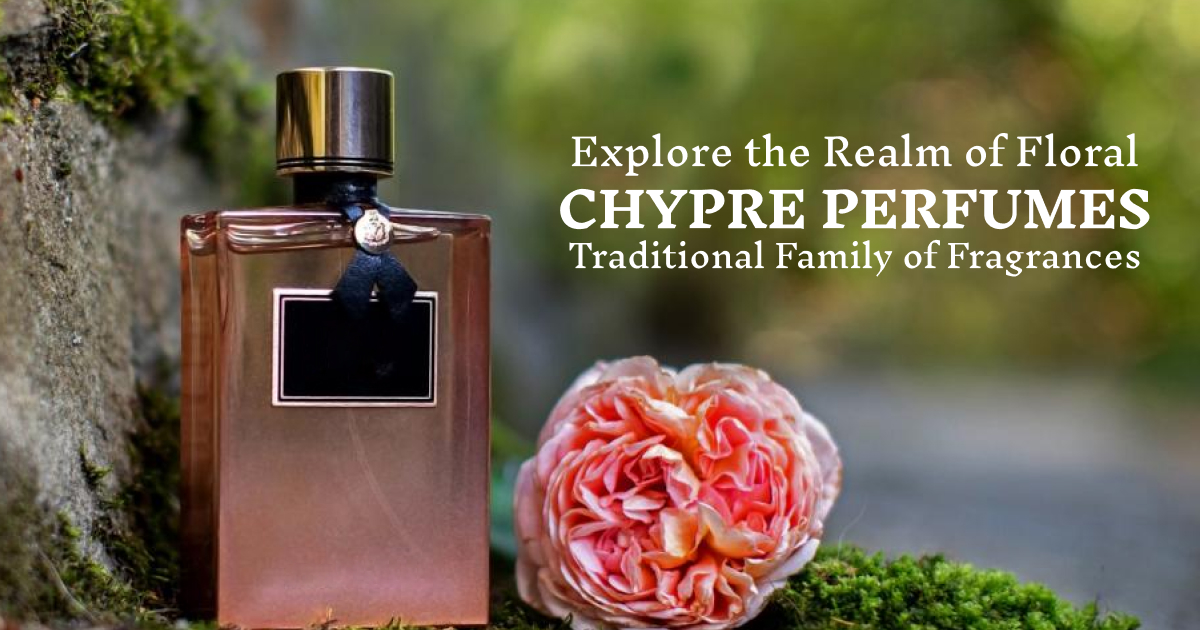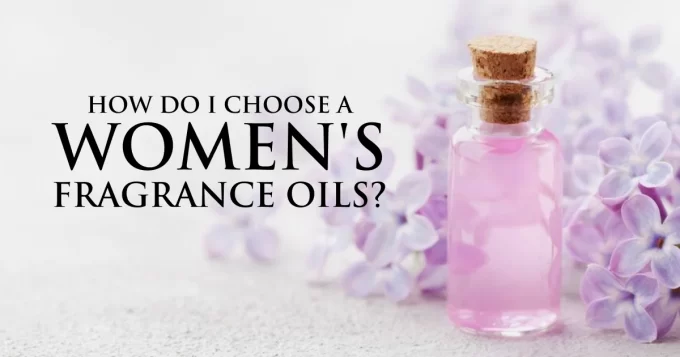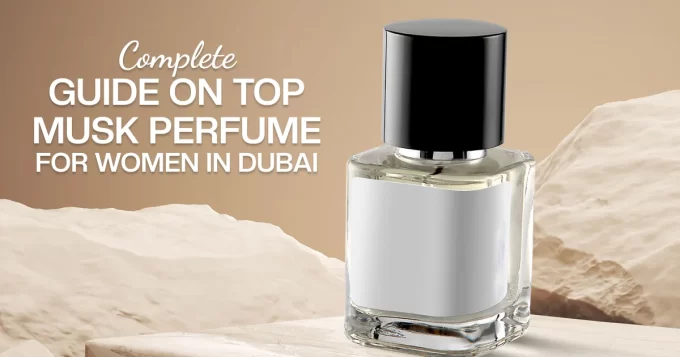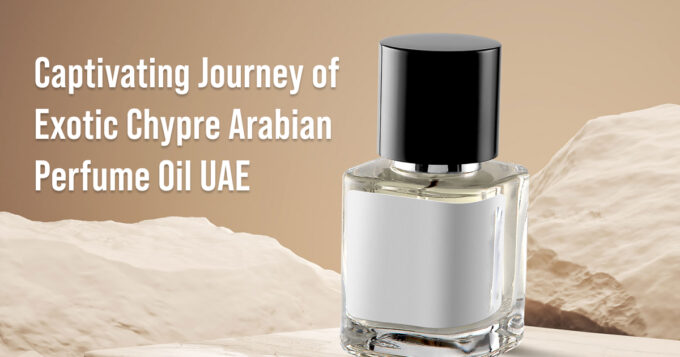Explore the Realm of Floral Chypre Perfumes
More than just that flower fragrance, perfume is. It’s both a declaration and a statement by a person. Of many families of fragrances confusing perfume lovers for centuries, the florals and chypres are well recognized for their depth in complexity, elegance, and richness. In one stimulating yet unique way, this form balances the deep earthiness of the Chypre family with the sweet, romantic softness of florals.
Let’s begin with a brief history of chypre perfumes, their character, composition art, and why this turns out to be such a goodie in the perfume world.
Origins of Chypre: A Historical Review
The actual word chypre itself, pronounced “sheep-ruh,” is French for Cyprus, the Mediterranean island, famous for its riches in fragrant herbs and plants. For so far as the roots of the chypre fragrance family are concerned, its ingredients-like labdanum, oakmoss, and bergamot-date from ancient times when those things were being gathered from the island to be used in perfumes, ointments, and rituals.
It wasn’t until French perfumer François Coty released his revolutionary scent in 1917, Chypre, that the fragrance family we know today as Chypre was officially, literally born. While the traditional norm was full flowering in the middle, Coty’s Chypre opened doors to an entirely new world for the perfume industry with citrusy top notes, a floral heart, and a woody/mossy base.
It was the first scent to blend these elements in a defined way and laid the foundations for what we now know to be the Chypre family of fragrances.
Chypre shall be the term for the art of perfume. From it, infinite variations will then spring out, and among them, a floral chypre variety will come into existence, uniting the strength of the parent chypre structure, with the sensitivity and floweriness of floral notes.

What makes a perfume floral chypre?
A chypre fragrance is constructed in one specific form that typically includes three elements:
Top: Usually citrusy; beware of basil, geranium, clary sage, bergamot, lemon, or the equivalent of other citrus notes.
Middle: Usually floral or green; beware of rose, jasmine, patchouli, herbs
Bottom: This is actually what declares a chypre: it’s usually mossy, earthy, and woody because of oakmoss; it will have elements such as musk, labdanum, amber, patchouli, and sometimes other ingredients.
The romantic and soft floral elements dominate the heart of chypre perfumes having a floral accord, thereby introducing a ‘feminine’ and delicate dimension to the fragrance. The sharp citrusy fresh opening and deeper, mossy base therefore remain, giving this class of perfumes its characteristic freshness and warmth combined with the mystery that underlines such an accord.
What’s unique about the floral chypre fragrances is they use opposing contrasts in pairs. So bright citrus and florals mix great with dark moss and wood tones creating fresh scents that are deep, but light and sensuous at the same time.
Some most popular Floral Chypre perfumes of all time
Florals chypre is one of the oldest perfume types that, as its history tells, pretty well represents perfume history. Adorned with many other excellent legends, they had time to test their endurance over the years. So, here are some of the most iconic and well-loved floral chypre fragrances forever inscribed in perfume history.
1. Miss Dior (Original)-Christian Dior;1947
Miss Dior was the very first and most iconic floral chypre fragrance ever created. When it was first launched in 1947, the very year in which Dior’s “New Look” revolutionized style, Miss Dior embodied the glamour and feminine ideals Dior wished to capture in his work.
Galbanum, Gardenia, Bergamot
Jasmine, Rose, Lily of the Valley
Oakmoss, Patchouli, Leather
Miss Dior is contradictory at the same time a complicated but harmonious composition: the fresh green sparkle of bergamot gives way to a rich floral heart dominated by jasmine and rose. The earthy, woody fines bring the dry down to the finales with the classic combination of oak moss and patchouli in chypre. Of course, later reformulated, the original Miss Dior remains the hallmark of the floral chypre family.
2. Paloma Picasso – Paloma Picasso (1984)
By drawing inspiration from the heroic and communicative character of her father, the great painter- Pablo Picasso, Paloma Picasso was meant to represent this power in perfume. In 1984 the perfume bearing her name: an exceptional floral chypre that transmits arrogance, boldness, and strong femininity.
Bergamot, Lemon, Coriander
Rose, Ylang-Ylang, Jasmine
Oakmoss, Patchouli, Sandalwood
With this fragrance, a sharp citrus opening with accents of lemon and coriander spice leads into the lush floral heart that is also buttressed by jasmine and rose.
A traditional chypre base of oakmoss, patchouli, and sandalwood gives this earthy, woody slightly smoky depth and turns thus to be a classic for those who like something a bit more dramatic or maybe more sophisticatedly complex perfume.
3. Chanel Cristalle Eau de Parfum – Chanel 1974
Cristalle is a lovely floral chypre concept from Chanel launched in 1974. It reminds me of the beauty of the dilettante era. It is a wimpish variation of antique chypres, so it’s an all-purpose perfume, one that can be worn every day but without overwhelming.
Bergamot, Lemon
Jasmine, Rose, Honeysuckle
Oakmoss, Vetiver
Cristalle has one of the lighter, more citrusy openings characteristic to the chypre family, but with a rather delicate floral heart of white blooms. Dry down presents itself quietly with oakmoss and vetiver until the crisp green finish is felt. This is an unobtrusive yet elegant floral chypre, like this old piece in Chanel’s portfolio.
4. Amouage Jubilation 25 -Amouage (2008)
“It’s an enormous, imperial dramatic family,” he says of the Chypre family. “The sumptuous alchemy of floral notes, fruity notes, and woody accords makes it a tribute to immortal beauty and modest femininity.”
Tarragon, Lemon, Ylang-Ylang
Rose, Frankincense, Labdanum
Oakmoss, Myrrh, Patchouli, Amber
For example, this fragrance will typically start with a rich, green citrus and herb accord from where sits a floral heart of rose and frankincense giving it that resinous, smoky character. Base notes of oakmoss, myrrh, and patchouli add richness and depth in making Jubilation 25 luxurious and long-lasting floral chrome perfect for evening wear.
Why Florals Chypres Perfumes Last
There are very few things that explain why the floral chypre fragrances are still in great favor with the perfumes’ author and the fragrance lover as follows:
Elegance à l’Antique: The freshness of the florals balances against the deep earthy aspects of the base setting up antique elegance for floral chypre fragrances. They are classy, elegant, and apt both for modern and classic tastes.
Flexibility: Chypre floral perfumes are flexible perfumes, and as such, they meet so many occasions. From day to night, it can easily be switched from being a fresh fragrance in the day to sensuality at night depending on how it is layered.
Complexity: Florals do create a chypre hauntingly, as the fragrance unfolds with its wear. From its bright citrusy top notes to earthy and mossy base notes, it’s one family that reveals a pretty deep sensibility about the journey through fragrance.
Unisex Charm: Although the chypres of flowers are pretty feminine, the chypre formula is generally so well-balanced in between green fragrances and earthy smells. That makes this one perfect for those who love unisex fragrances.
Wearing a floral chypre perfume can be experienced enough, but to get the best out of its depth and complexity, here are a few pointers:
Less is more: Floral chypres do not typically fade quickly, so relatively little is required in applications. A light application to the pulse points-there are several from which to choose, such as the wrists, neck, or behind the ears-is usually sufficient.
The opening and closing seasons of spring and fall will easily pass for floral chypre scents. Here, spring fresh floral smells and earthy base notes serve to counterbalance the changing weather.
Layering: Layer your floral chypre fragrance with a matching body cream or a complementary scent that will fill out its scents where you can add the final blast.
| Fragrance | Launch Year | Top Notes | Heart Notes | Base Notes |
| Miss Dior (Original) | 1947 | Galbanum, Gardenia, Bergamot | Jasmine, Rose, Lily-of-the-Valley | Oakmoss, Patchouli, Leather |
| Paloma Picasso | 1984 | Bergamot, Lemon, Coriander | Rose, Ylang-Ylang, Jasmine | Oakmoss, Patchouli, Sandalwood |
| Chanel Cristalle | 1974 | Bergamot, Lemon | Jasmine, Rose, Honeysuckle | Oakmoss, Vetiver |
| Amouage Jubilation 25 | 2008 | Tarragon, Lemon, Ylang-Ylang | Rose, Frankincense, Labdanum | Oakmoss, Myrrh, Patchouli, Amber |
Conclusion: The Eternal Scent of Floral Chypre
Floral chypres are an extremely niche category of perfumery; they manage to unify the freshness and richness of the material with lightness and depth. The beauty of opposites is realized in perfection-sophisticated, timeless, and dynamic.
Classics like Miss Dior enchant the senses, but more modern interpretations such as Amouage Jubilation 25 take it one step further and have reached a state of timelessness that will captivate perfume lovers for years to come.
A floral chypre might well be the appropriate answer for a fragrance that imparts an air of sophistication and mystery with a flavor of some old-fashioned flair along with freshness and modernity.












